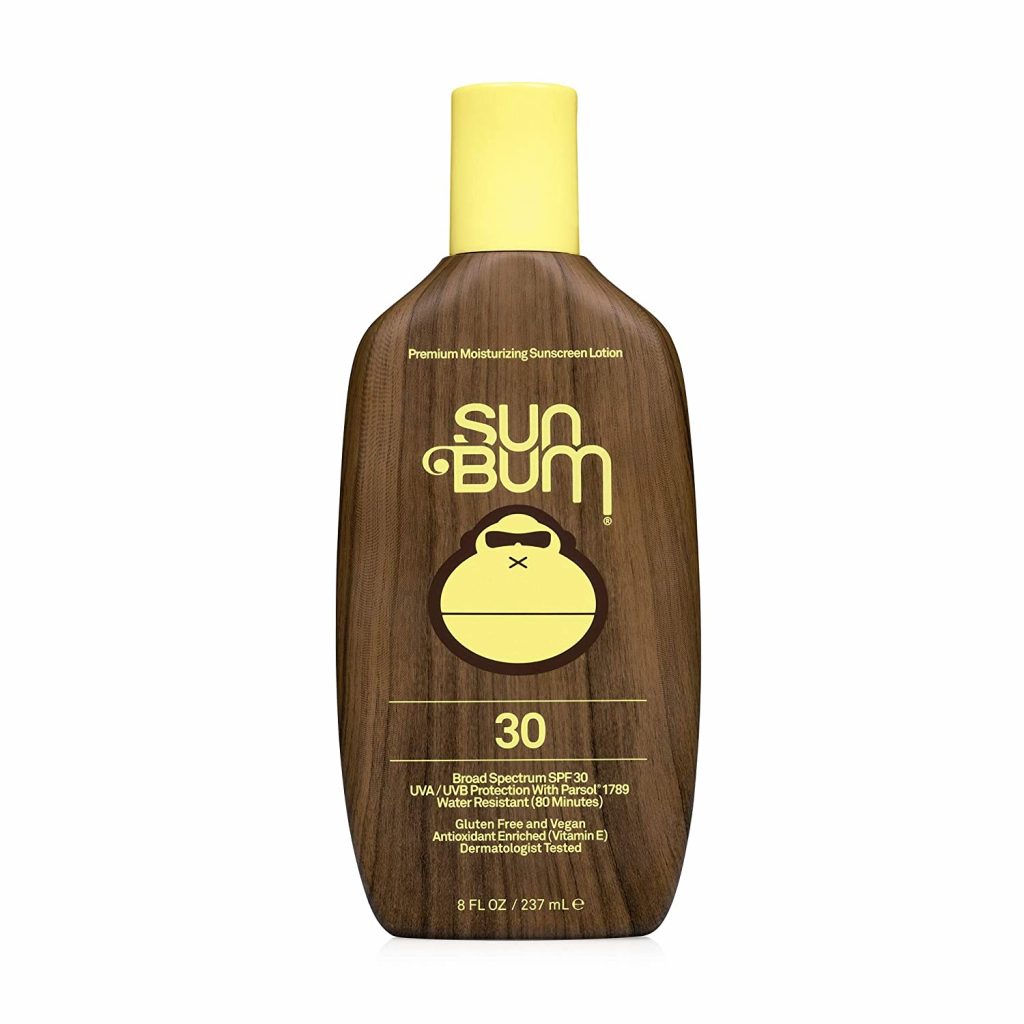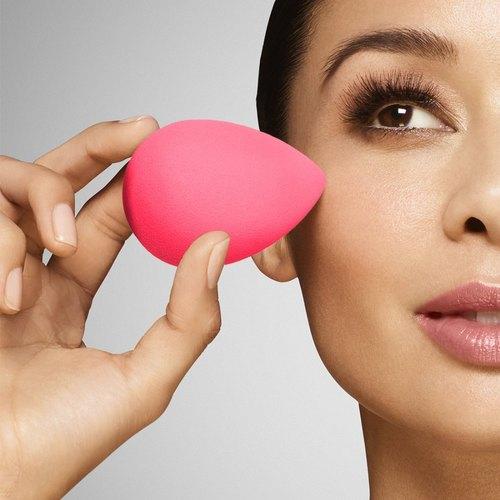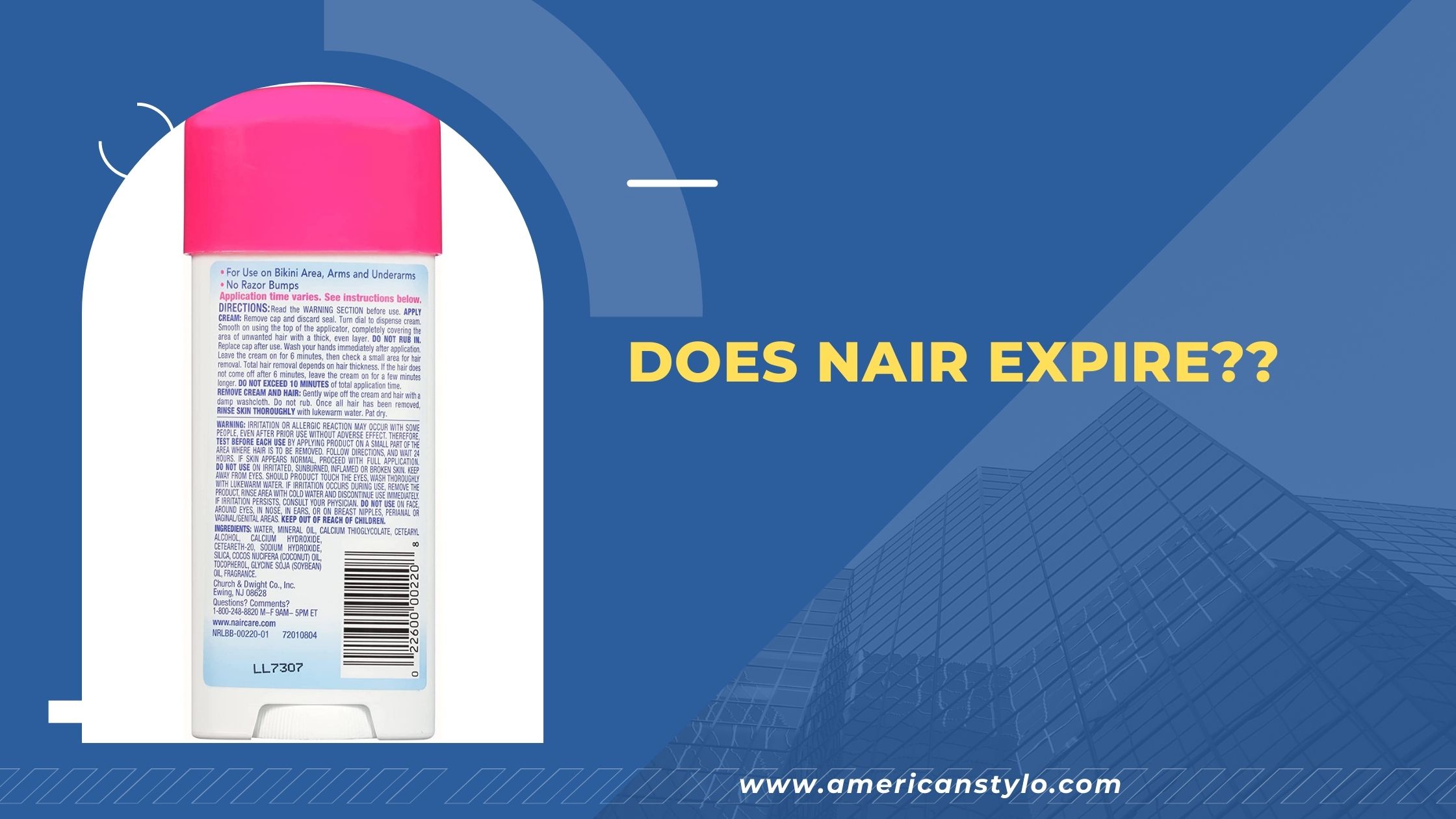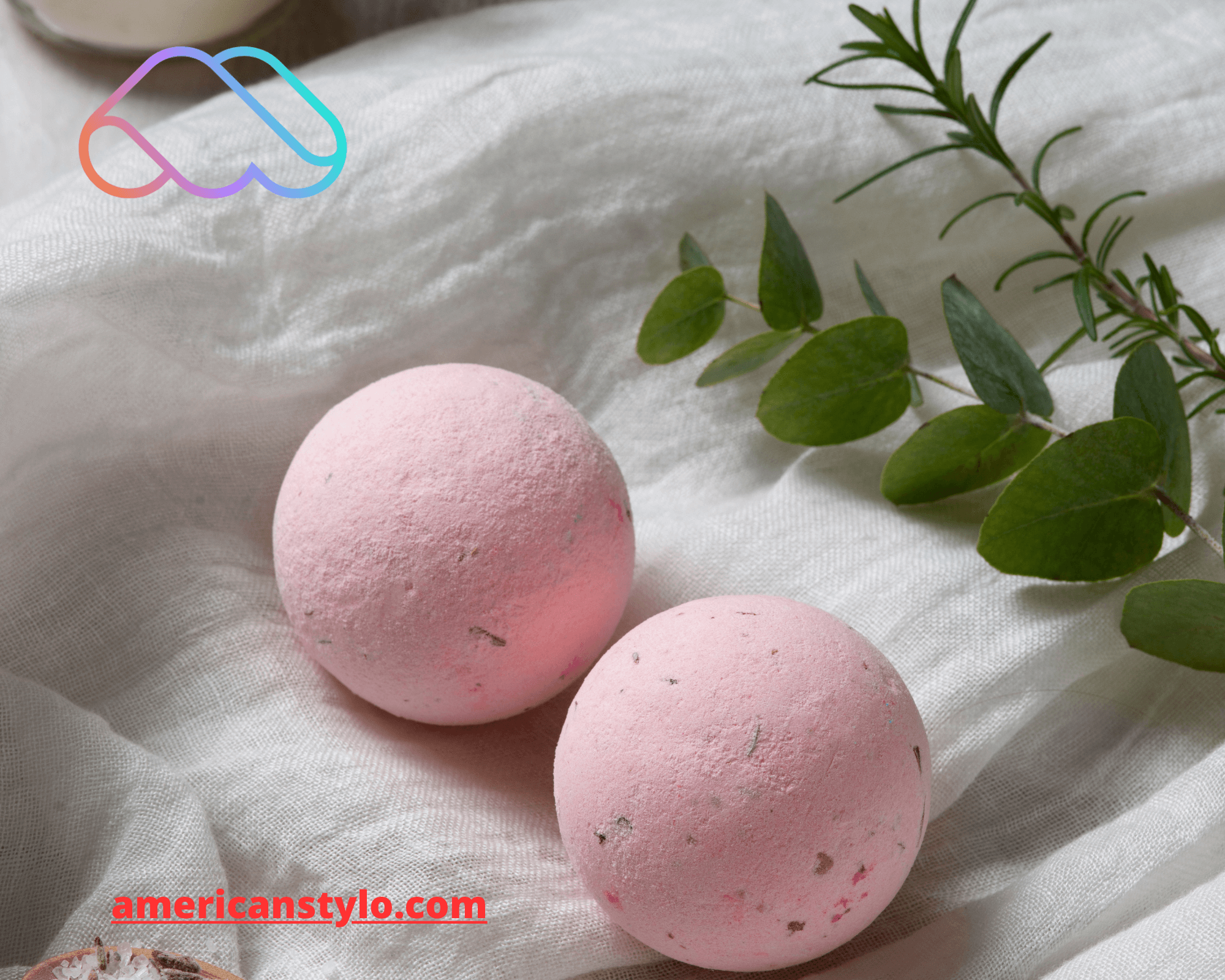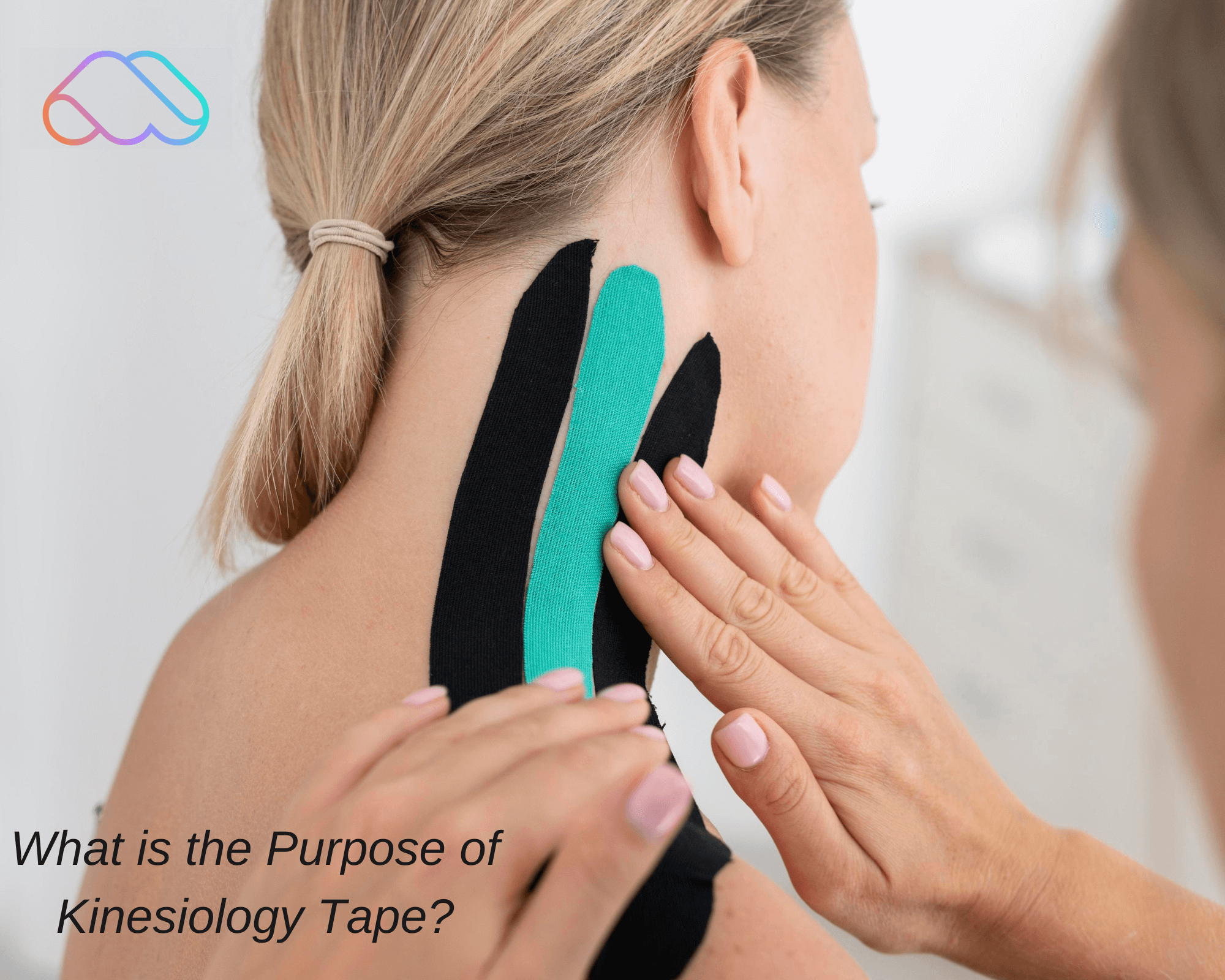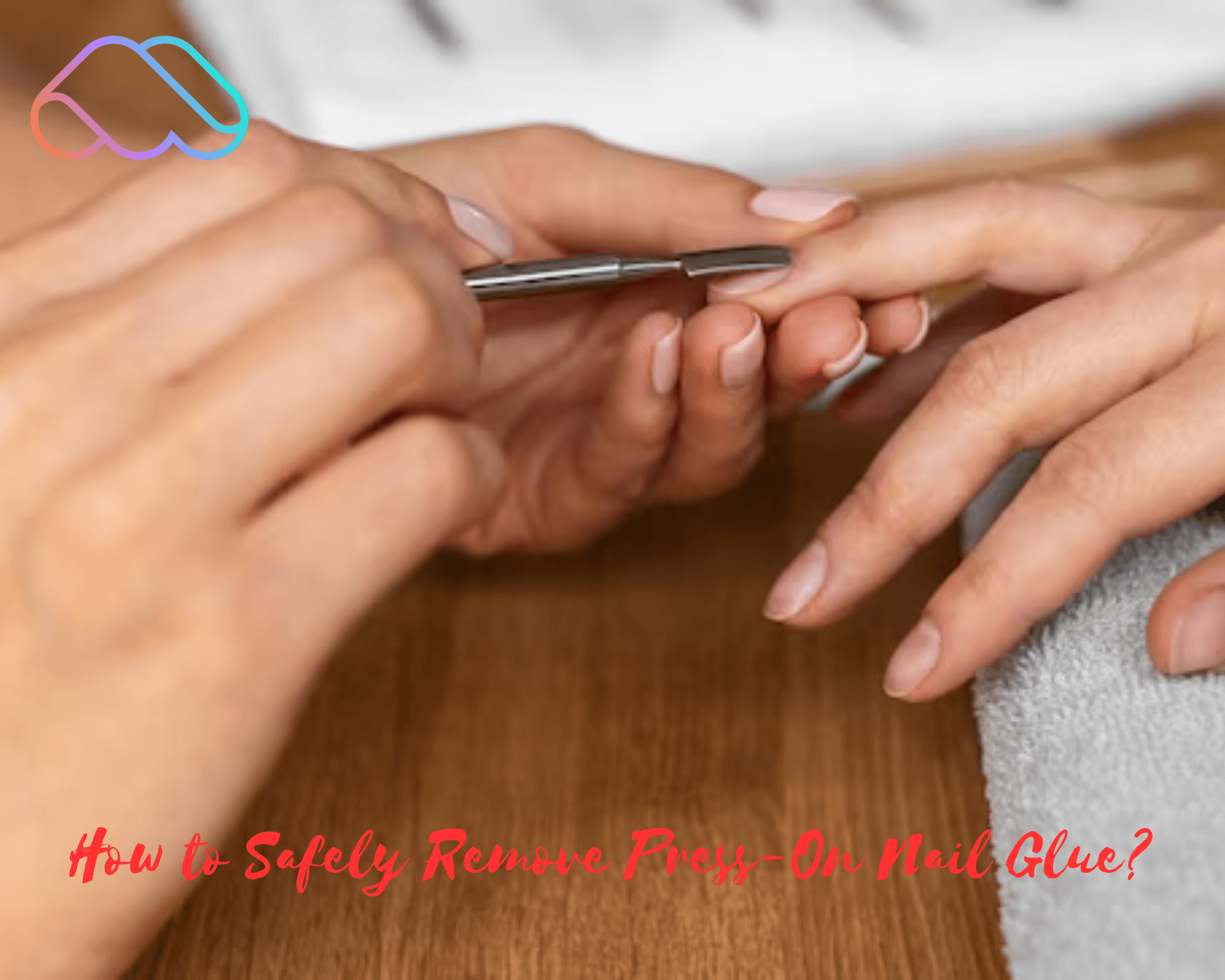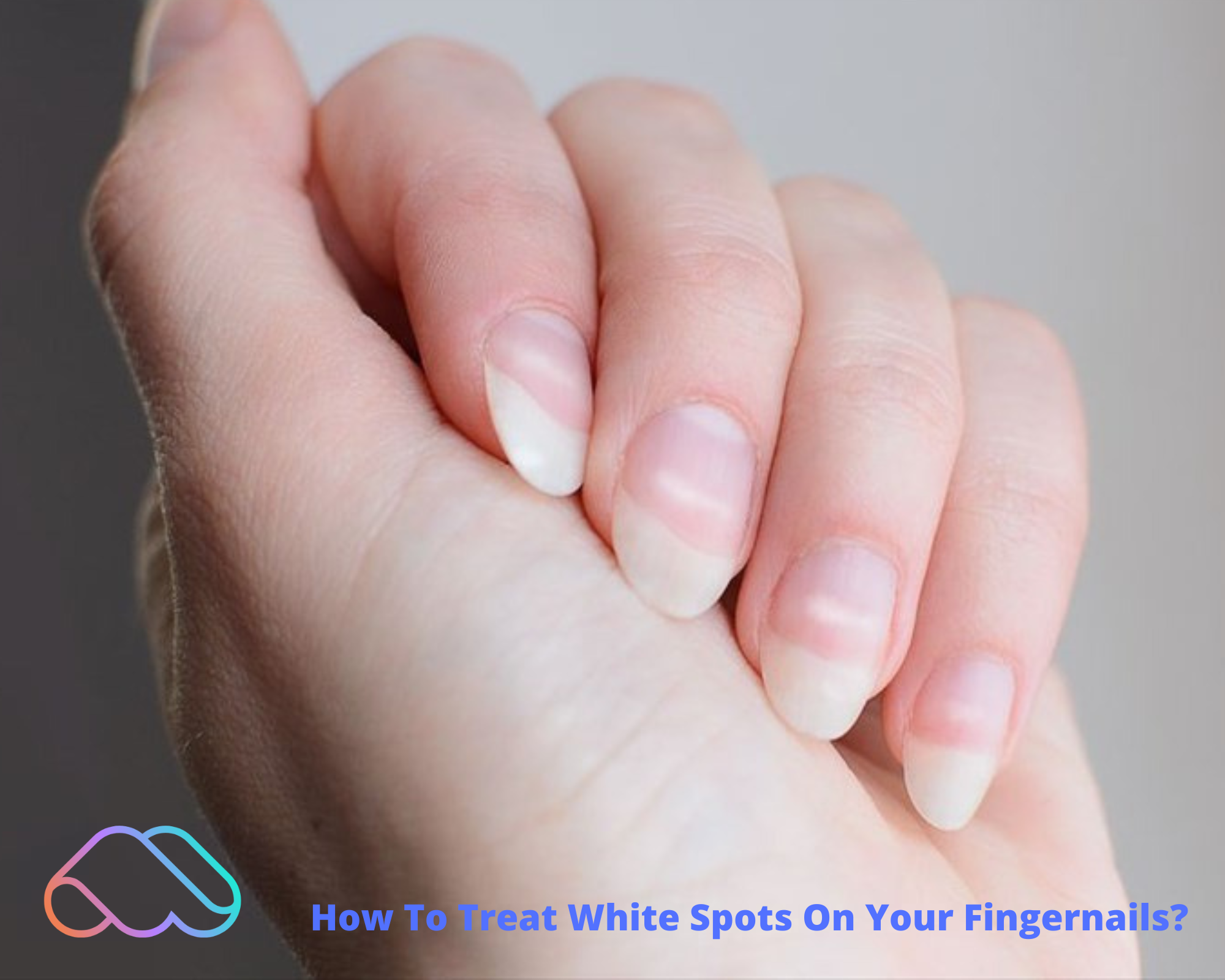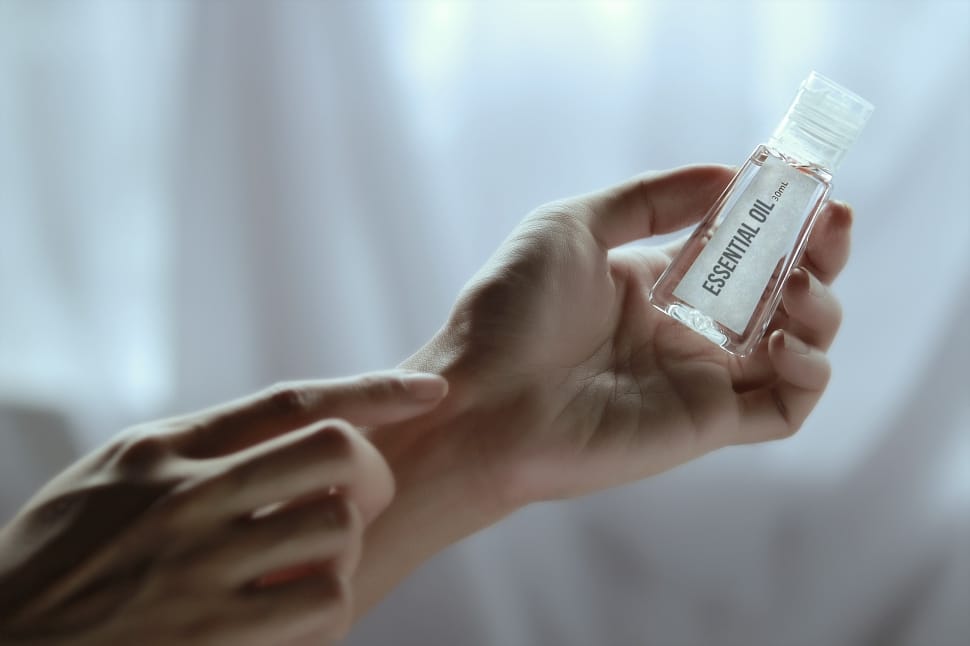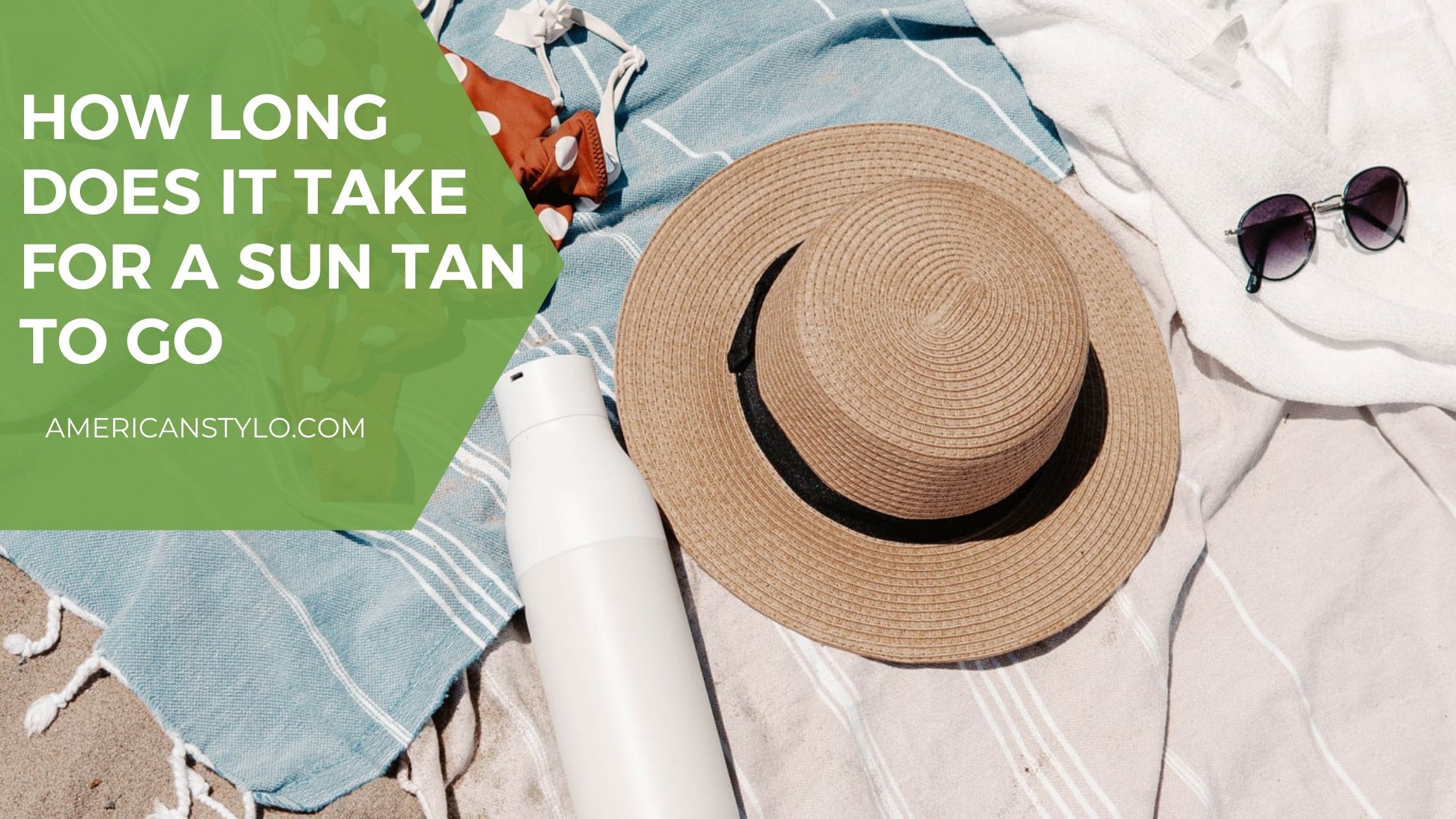
You are thinking; how long does it take for a sun tan to go? Maybe you’re sick of having tanned skin and want it to go away. However, it doesn’t appear to be moving in any direction. Do you want to stick with it or are you open to extending it? What needs to be addressed here is how long does it take for a sun tan to go?
There are no hard and fast rules for how long does it take for a sun tan to go because your body naturally loses the tanned skin cells and replaces them with fresh ones over 7 to 10 days on average. When it comes to tanning, exfoliation and moisturization are keys in making your tan stay as long as possible.
When the human body regenerates new skin cells, the old ones are pushed to the surface where they may be seen. This is a two- to four-week process. When such cells reach the surface, they have a keratin makeup similar to a scale. It’s devoid of the normal cellular make-up. These epidermal cells can be expected to last for 30 days until they die.
How fast does a tan fade away once it has been applied?
Every day, your skin works hard to shed away all of the dead cells you’ve accumulated over the previous 24 hours. For a 24-hour day, you shed about a million skin cells. There is a 28-to 30-day cycle to the shedding of your skin’s outer layer, but those surface cells continue to flake off over time while new ones form below in the deeper layers of your skin.
A fancy term for the process of skin cell death is apoptosis. That protein and fat-rich dead skin cells that cover your body’s surface help protect you from the harmful effects of the environment. If you expose your body to the sun, there are chances that this protective layer may get harmed.
It is a perfectly natural procedure that is meant to keep us safe. The protein and fat in the outer layer serve as a barrier, as previously stated. Regrowth and shedding continue year-round, even in the winter months. However, melanin production decreases. Because UV light is at its lowest at this period, melanocytes are less likely to produce pigment. Over time, the darkly pigmented cells degrade and replace with lighter ones. Because they have less pigment, winter skin tones tend to be paler than in the summer.
How long does it take to burn in the sun?
A high UV level burns in 15 to 25 minutes, however, it depends on the type of skin you have. When the UV Index is from 8 to 10, you’re at high danger of sunburn if you’re not wearing sunscreen. Be particularly cautious when it comes to protecting your skin and eyes since damage can happen in as little as 15 minutes.
How long should I tan outside?
Within 1 to 2 hours in the sun, the majority of people will have developed a tan. It is crucial to keep in mind that both burns and tans may take time to develop, so just because you don’t notice color right away doesn’t mean you’re not receiving any or that you should use a lower SPF. There are hazards associated with tanners of all kinds, not the least of which is the development of skin cancer.
Why does my tan last for months?
Because our bodies generate melanin to protect us from sunburn and to become brown when exposed to Ultraviolet rays. Your tan will last as long as those melanin-rich layers of skin are present and intact on your body. If you have an olive complexion, the tan may last around 2-3 months. Use a strong sunscreen to keep your tan from setting in and darkening. The more SPF you have, the greater your protection will be.

How much time is required for a natural tan to fade completely?
The length of time a tan lasts is determined by the type of tan used. Your skin type and the frequency with which it regenerates will also play a role in this.
An outdoor tan, obtained by sunbathing, may be anticipated to last between 7 and 10 days before the outer layer of the skin begins to exfoliate on its own, according to most experts.
Spray tans can begin to fade in as soon as one day if not properly maintained, but they can last as long as ten days with appropriate maintenance.
Does tanning permanently darken skin?
There is no such thing as a permanent tan since skin gradually sheds its old cells as it regenerates new ones. Those that appear to be “forever” tanned either have a darker epidermal layer, use sunless tanning lotion or spray tans, or expose themselves to the sun frequently.
How long does it take for a tan to fade on Indian skin?
Except if you expose your Indian skin to the sun daily, the tan usually fades in two to four weeks to a month naturally. Use a powerful sunscreen and wear protective clothing if you can’t escape the sun but want to protect your skin from UV radiation.
Is American white skin sun tan different than American African skin sun tan?
YES. The American white skin sun tan may lead to sunburn easily. On the contrary, American African skin sun tan is basically due to the natural melanin present in their body.
What influences the fading time of a tan?
Before you should be aware of several variables that might slow or speed up the fading process. Read on this section of how long does it take for a sun tan to go, see if any of them apply to you.
Age
Skin is the biggest organ in the body because it covers so much land. The skin has three layers. The subcutaneous layer is at the bottom, followed by the dermis and the epidermis. The epidermis is made up of dead skin cells and is very thin. They are constantly replaced by new cells from the lower epidermis that migrate up to the surface. Like everything else in the body, the cell creation cycle decreases with age.
The process usually takes approximately 28 days for most middle-aged people. The skin cycle slows down with age, taking 45-60 days in your 40s or 50s. It slows down to an even larger crawl for individuals between their 50s and 60s at around 60 to 90 days. So cherish your skin when young.
Kids have it the easiest. It takes 3–5 days for babies, which is why their skin is so bouncy and smooth. It takes 10–21 days in your teens. You probably had no idea how essential skincare was back then. If you’re in your twenties, you can still preserve your skin from harm and your tan will fade in minimum time.
UV rays
You sometimes strive to do everything correctly. Imagine you apply sunscreen, go to the pool or beach, and set up as the sun is very relaxing. You start reading a book or a magazine. The tranquility lulls you into a catnap. You’re a lobster now.
You may have been negligent with your sun protection and ended up with an unpleasant shade of red. In any event, too much sun exposure causes UV rays to penetrate deeper layers of the skin. They can harm or destroy skin cells.
While one sunburn probably won’t destroy anything, you must take precautions to avoid it in the future. The more sunburns you have in your life, the worse your skin will be.
It’s so simple to laugh it off in our youth, especially after a good peel. But know that early sun damage will come back to bother you later in life. More proof can be found in older relatives who spend time in the sun without sunscreen. Their skin is aged and leathery. Prevent this by always shielding yourself from the sun.
Wear SPF protection and reapply every hour to an hour and 20 minutes for optimum effects. You’ll appreciate your younger self when you show up to your 20-year reunion and every one else looks old.

When it comes to wanting your tan to go away for good, what should you do?
Avoid exposure to the Sun.
Avoid exposing yourself to the sun between the hours of 10 a.m. and 4 p.m. if at all possible. The UV rays are at their greatest during this time. Higher altitudes, as well as being near reflecting surfaces of any kind, increase the intensity of UV radiation.
Apply aloe vera gel to the tanned area.
Aloe vera has been shown in studies to be helpful in soothing sunburns. But it’s useful for much more than just calming down scalded skin. This natural skin anti-inflammatory aids in reducing the production of melanin, which in turn lessens the likelihood of hyperpigmentation.
Make use of a turmeric face mask.
Turmeric, an anti-inflammatory and antioxidant-rich spice, has been used for centuries as a skin lightener in India. For this reason, it is highly regarded in India. While there isn’t conclusive evidence to support this, one research found that using turmeric in a skin treatment helped protect against UV damage.
Consider using skin-lightening creams.
Skin-lightening lotions abound in today’s market. They’re quite popular in Asia, where women hold lighter skin tones in high regard, considering them to be more young and attractive. Gentle exfoliation and stimulating the development of new skin cells are used to achieve this. Some people even attempt to minimize dark spots by slowing down the synthesis of melanin.

Conclusion About How long does it take for a sun tan to go
Tans usually last between two and four weeks until they start to fade, depending on how much sun exposure you get. If you don’t stop, you’ll have brown skin for the rest of your life.
Use a powerful sunscreen to block out all the rays, and wear protective clothing if you have to be out in the sun but don’t want to burn. Don’t forget to reapply sunblock as well.
Gently exfoliating can help fade a tan, as can experimenting with a few additional methods. However, the best course of action is to avoid direct exposure to the sun whenever possible. Be patient; your tan will soon fade, and with it, the warm weather days. We hope that you would have found the answer to how long does it take for a sun tan to go.

